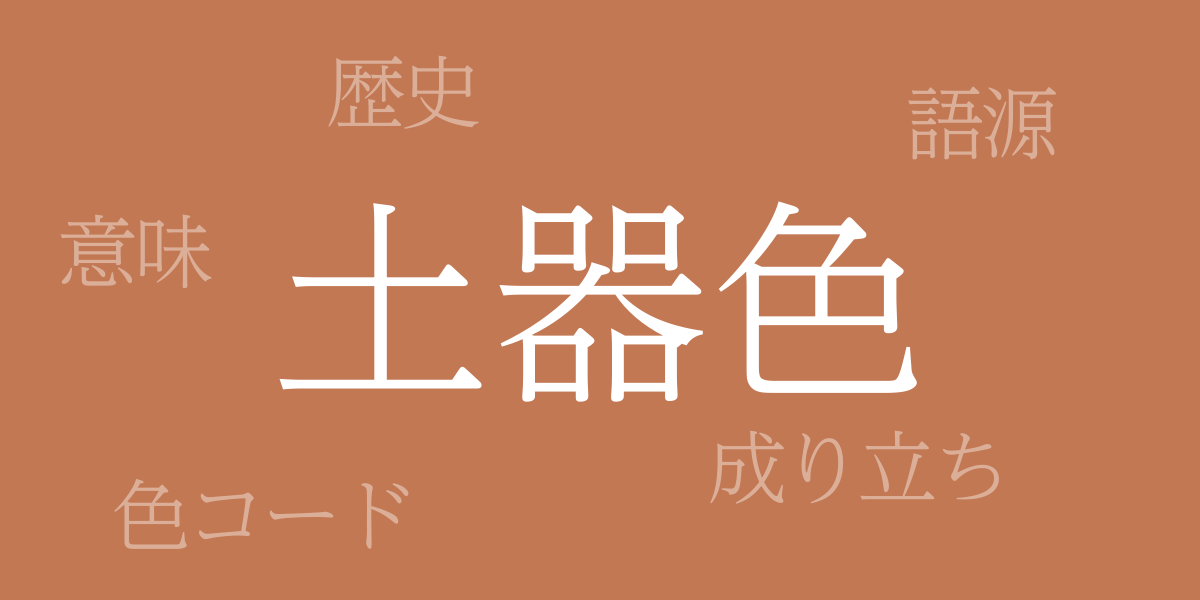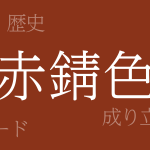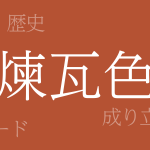Japan’s natural beauty throughout the seasons has nurtured a unique color culture, among which “Pottery Color (土器色 – かわらけいろ)” stands out as a particularly noteworthy traditional Japanese color. This rich hue not only evokes history but also adapts well to modern designs. This article delves into the allure of Pottery Color, exploring the secrets behind its shades and its applications today.
About Pottery Color (土器色 – かわらけいろ)
Pottery Color refers to a reddish-brown reminiscent of fired earthenware. Commonly used in traditional Japanese ceramics and pottery, this color exudes a warm, calming tone that also invokes a sense of nostalgia. It is utilized across various fields including interior design, fashion, and graphic design, making it perfect for expressing a Japanese aesthetic.
The History of Pottery Color
Pottery Color has been present since ancient Japan, originating from the pottery of the Jomon and Yayoi periods. The rustic and robust texture of these earthenwares is captured in the hue known as Pottery Color. Over time, this color has been embraced as a traditional Japanese color, used in kimonos, Japanese paintings, and even modern designs.
Pottery Color Codes
Accurate color codes are essential when reproducing Pottery Color in digital design and web design. Here are the main color codes:
- HEX: #C37854
- RGB: R:195 G:120 B:84
- CMYK: C:29 M:62 Y:68 K:0
International Name for Pottery Color
The international name for Pottery Color is ‘Terracotta’. Derived from the Italian word meaning ‘baked earth’, Terracotta commonly describes the color of pottery and bricks. This shade is popular worldwide, known for its warmth and subdued ambiance, making it a favored choice in interior and art design just like Pottery Color.
Summary on Pottery Color
Pottery Color (土器色 – かわらけいろ) draws inspiration from the color of ancient pottery, offering a deep, reddish-brown shade. This color, blending tradition with modernity, is versatile enough for Japanese settings and various design applications. By using the provided color codes, its beauty can be accurately represented digitally. As a beloved Japanese traditional color, Pottery Color will continue to enchant people for years to come.

























